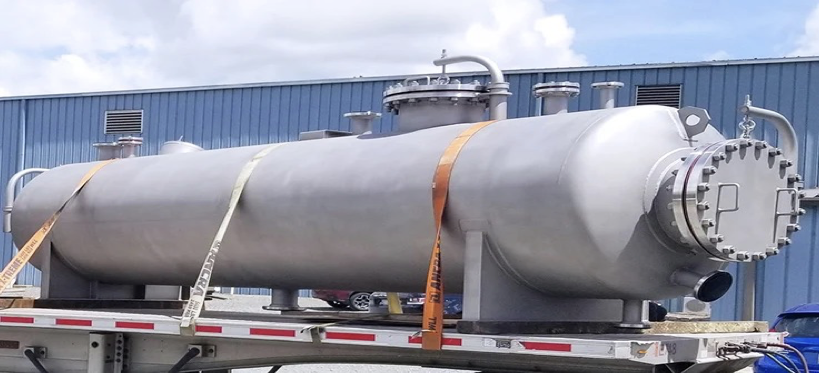call Us
+91 95103 25696
E-mail us
vinod.s@teknikengineers.in

Vessels
Commercial vessels are large vessels or tanks designed to hold and transport liquids, gases or solids at high temperatures or temperatures. These vessels are often used in various industries such as oil and gas, chemical processing, power generation and food processing.
Vessel fabrication and assembly in the creation and assembly of vessels or tanks for storing liquids, gases or solids. The process consists of several steps described below:
- Design: The first step in vessel fabrication is designing the container or tank. This involves creating a blueprint or drawing that outlines the vessel's dimensions, materials, and other specifications.
- Material selection: The next step is selecting the appropriate materials for the vessel. The materials used can vary based on the contents that the tank or container will hold, the temperature and pressure at which the contents will be stored, and other factors such as corrosion resistance.
- Cutting: Once the materials are selected, the metal sheets are cut into the required shapes and sizes. This can be done using various methods such as plasma cutting, laser cutting, or water jet cutting.
- Rolling: After cutting, the metal sheets are rolled into cylindrical or other shapes using specialized machinery.
- Welding: The rolled metal sheets are then welded together to form the vessel. This involves using welding techniques such as MIG (Metal Inert Gas) or TIG (Tungsten Inert Gas) welding.
- Quality Control: Quality control measures are taken throughout the fabrication process to ensure that the vessel meets the required standards and specifications. This can involve visual inspections, ultrasonic testing, or X-ray testing.
- Surface Treatment: After the welding is complete, the vessel's surfaces are treated to prevent corrosion and increase durability. This can involve sandblasting or painting.
- Erection: The final step is the erection of the vessel, which involves lifting and positioning it into its final location. This is done using cranes and other specialized lifting equipment.
- Testing: After erection, the vessel is tested to ensure that it can withstand the intended pressure and temperature. Testing methods include hydrostatic testing and pneumatic testing.
Get in touch
You will find yourself working in a truly collaborative environment, resulting in an incredible experience and the best end product.
